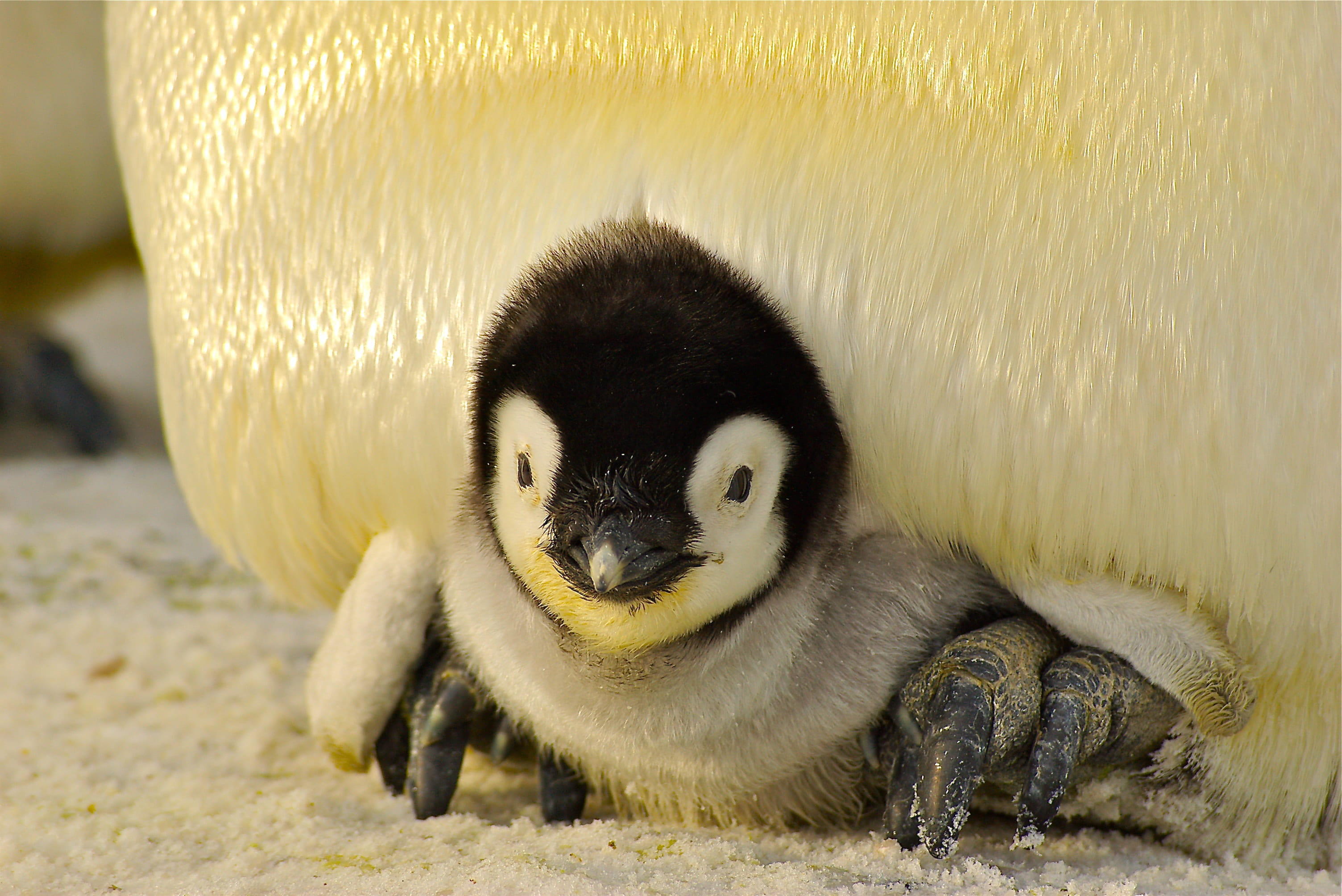Media release
From: British Antarctic Survey, UKScientists discover new penguin colonies from space
A new study using satellite mapping technology reveals there are nearly 20% more emperor penguin colonies in Antarctica than was previously thought. The results provide an important benchmark for monitoring the impact of environmental change on the population of this iconic bird.
Reporting this week in the journal Remote Sensing in Ecology and Conservation, the authors describe how they used images from the European Commission’s Copernicus Sentinel-2 satellite mission to locate the birds. They found 11 new colonies, three of which were previously identified but never confirmed. That takes the global census to 61 colonies around the continent.
Emperor penguins need sea ice to breed and are located in areas that are very difficult to study because they are remote and often inaccessible with temperatures as low as −50°C (−58 degrees Fahrenheit). For the last 10 years, British Antarctic Survey (BAS) scientists have been looking for new colonies by searching for their guano stains on the ice.
Lead author Dr Peter Fretwell, a geographer at BAS says:
“This is an exciting discovery. The new satellite images of Antarctica’s coastline have enabled us to find these new colonies. And whilst this is good news, the colonies are small and so only take the overall population count up by 5-10% to just over half a million penguins or around 265,500 – 278,500 breeding pairs”.
Emperor penguins are known to be vulnerable to loss of sea ice, their favoured breeding habitat. With current projections of climate change, this habitat is likely to decline. Most of the newly found colonies are situated at the margins of the emperors’ breeding range. Therefore, these locations are likely to be lost as the climate warms.
Dr Phil Trathan, Head of Conservation Biology at BAS, has been studying penguins for the last three decades. He says:
“Whilst it’s good news that we’ve found these new colonies, the breeding sites are all in locations where recent model projections suggest emperors will decline. Birds in these sites are therefore probably the ‘canaries in the coalmine’ – we need to watch these sites carefully as climate change will affect this region.”
The study found a number of colonies located far offshore, situated on sea ice that has formed around icebergs that had grounded in shallow water. These colonies, up to 180 km offshore, are a surprising new finding in the behaviour of this increasingly well-known species.
The research was funded by UKRI-NERC as part of the Wildlife from Space project.
Discovery of new colonies by Copernicus Sentinel-2 reveals good and bad news for emperor penguins by Peter Fretwell and Phil Trathan is published in the journal Remote Sensing in Ecology and Conservation.
Satellite images, photos and video of emperor penguins are available from the Press Office as above or via our ftp site: ftp://ftp.nerc-bas.ac.uk/pub/photo/emperor_penguins/
Notes to Editors:
Studies by other scientists suggest that 80% of colonies will decrease by more than 90% by the end of the century if sea ice around Antarctica decreases by half. Even under the best case scenario, with a global temp increase of 1.5 degrees C, the population will decrease by at least 31% over the next three generations.
Copernicus Sentinel-2 is one of the satellite missions that ESA develops and operates on behalf of the European Commission’s Copernicus environmental monitoring programme. Copernicus Sentinel-2 comprises two satellites (A&B). ESA undertakes high frequency data collection around the margins of the continent, with data collected in 2016, 2018 and 2019. Images collected are higher resolution than previous Landsat data images. Sentinel-2 has been collecting images of Antarctica since 2016 following the request from SCAR, the Scientific Committee on Antarctic Research.
Half the colonies discovered around Antarctica have been located using images from space.
British Antarctic Survey (BAS), an institute of the Natural Environment Research Council (NERC), delivers and enables world-leading interdisciplinary research in the Polar Regions. Its skilled science and support staff based in Cambridge, Antarctica and the Arctic, work together to deliver research that uses the Polar Regions to advance our understanding of Earth as a sustainable planet. Through its extensive logistic capability and know how BAS facilitates access for the British and international science community to the UK polar research operation. Numerous national and international collaborations, combined with an excellent infrastructure help sustain a world leading position for the UK in Antarctic affairs. For more information visit www.bas.ac.uk @basnews


